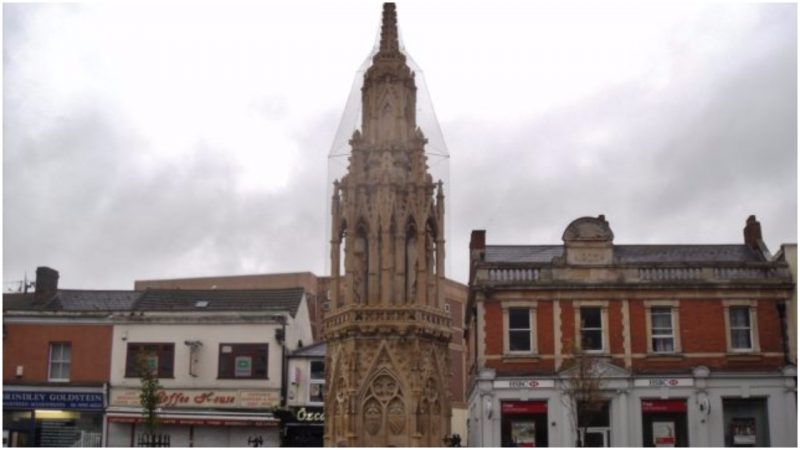Several imposing stone structures that have survived in Britain for over seven centuries carry a romantic story involving a king not known for his soft side. These stone monuments were raised by King Edward I between 1291 and 1294 in memory of his late wife, Queen Eleanor of Castile.
Edward had several vivid nicknames: “Edward Longshanks” (he was six foot three) and “the Hammer of the Scots” (just ask Robert the Bruce and William Wallace).
Their parents arranged Edward’s marriage to Eleanor when she was only 10 years old and Edward just a few years older. After they were married, the future Queen of England returned to her family and Edward continued his studies. They lived as man and wife years later and what began as an arranged marriage turned into love. The couple became deeply devoted to each other.
Edward was often away, being engaged in many of his famous war campaigns. But almost everywhere King Edward went, his Queen followed. Along the way, she gave birth to 14 children, six of them surviving into adulthood, including the future Edward II.
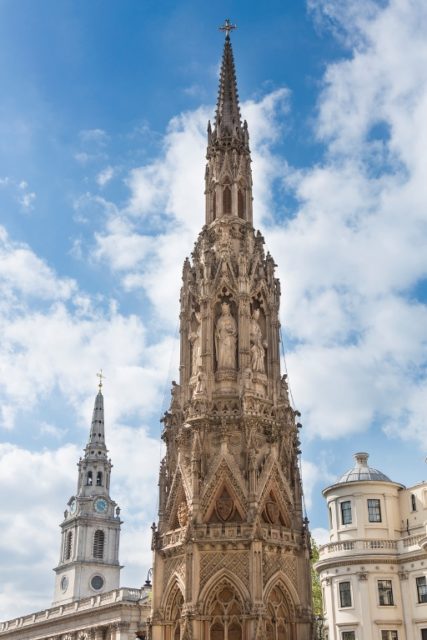
In 1290 the King traveled to Scotland. The Queen, who also left for Scotland, was to arrive later. While traveling to Lincoln she fell ill and didn’t finish the journey. Eleanor died at the end of November in 1290, in a small village called Harby. She was 49.
Edward was devastated when he heard of the Queen’s death and he left immediately to arrange her funeral. Edward himself wrote on the subject of his beloved wife’s death: “Living I loved her dearly and I shall never cease to love her in death.” Queen Eleanor’s body was taken to Lincoln, where it was embalmed. Her heart was taken to the Black Friars Monastery in London as she wished, while her other organs remained in Lincoln. Because she was royalty, her body was to be buried in Westminster Abbey.
The journey of taking Queen Eleanor’s body from Lincoln to Westminster Abbey lasted 12 days. Eleanor’s crosses were built at each place the cortege stopped for the night. King Edward gave the order to Richard Crundale, his Master Mason, to build the crosses a year after the Queen’s death. They were built with one idea in mind: for people to remember their Queen and to encourage the people passing by to pray for her soul.
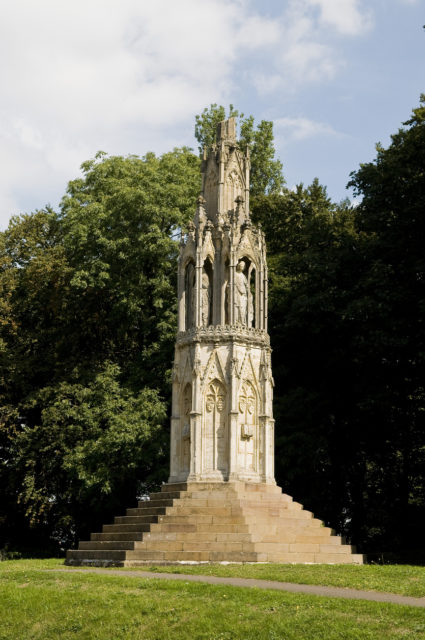
The stone monuments were composed of three sections: the lowest section carried the coats of arms of England, Castile and Leon, and Ponthieu. The middle section is where stone statues of Eleanor were placed and on top of the highest part, a cross was placed. The 12 stone monuments were true pieces of art and examples of exceptional masonry and craftsmanship.
Unfortunately, only three of the original 12 crosses still survive today, the ones in Hardingstone, Hertfordshire, and Geddington, the last being the best preserved of the three. The rest were destroyed, mostly during the Civil War. The cross in Hardingstone marks the nearby point where Eleanor’s body rested: Delapré Abbey. It was created by two artists, John of Battle and William of Ireland. The octagonal monument is missing the cross on the top which was lost sometime in the 15th century.
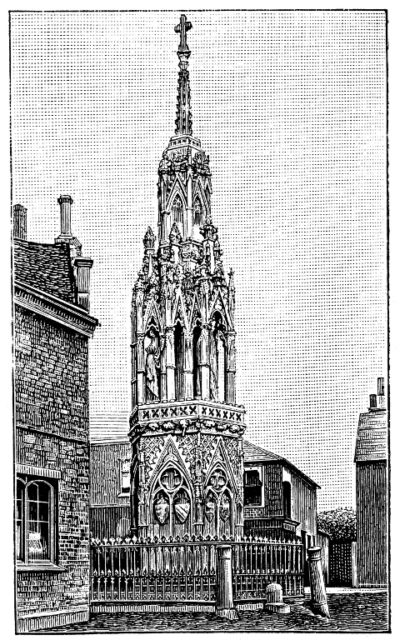
Probably the most famous of all is the Charing Cross. Its original location was on Whitehall Road, where a statue of Charles I replaced it after the Civil War. Charing Cross is actually a replica built in the Victorian era. The original monument was the most elaborate of all, marking the last spot where the cortege rested before entering Westminster Abbey.
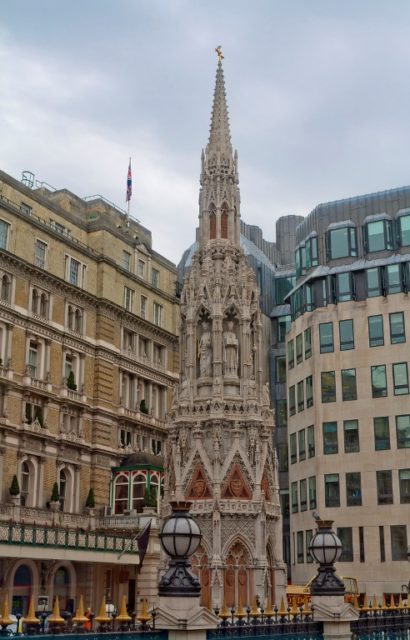
This one was destroyed in the Civil War, as ordered by Parliament. The replica was built in 1863, and it carries eight statues of the Queen with angels at her feet. It was placed in front of Charing Cross Railway Station. Along with the Charing Cross, two others, the ones at Stony Stratford and Cheapside, were destroyed during the Civil War because they were regarded as a symbol of royalty and idolatry.
As the centuries passed, the stone monuments dedicated to Queen Eleanor slowly fell into disrepair. Some of them disappeared completely, others were damaged due to negligence, and just a handful were preserved and restored. However, the ones still remaining are a testimony of King Edward’s love for his wife and his wish that she would never be forgotten.
